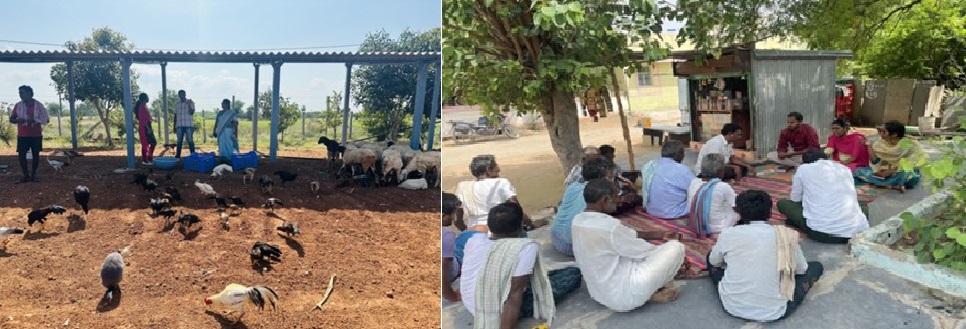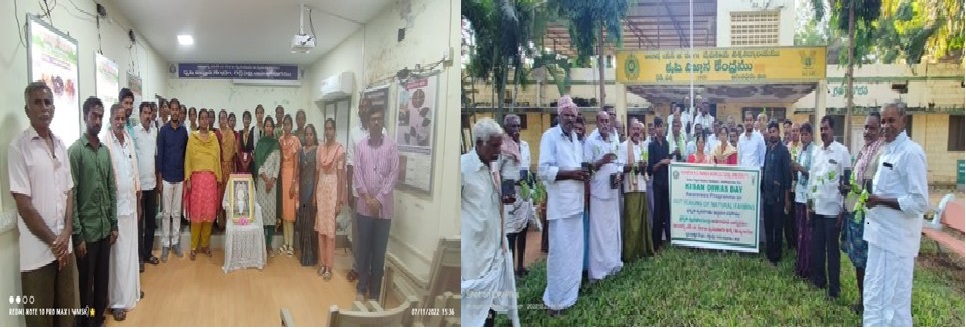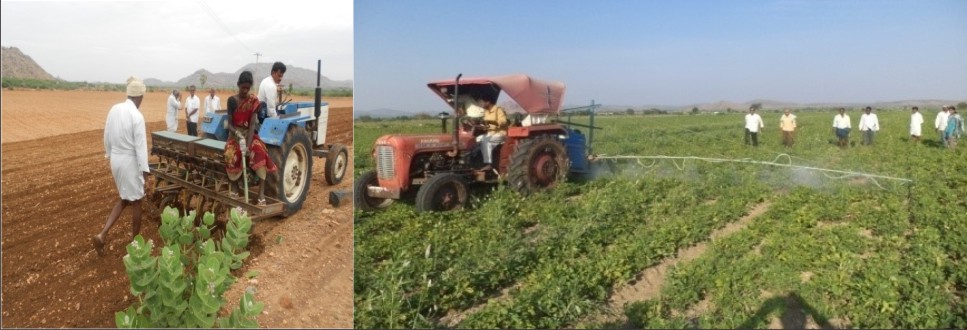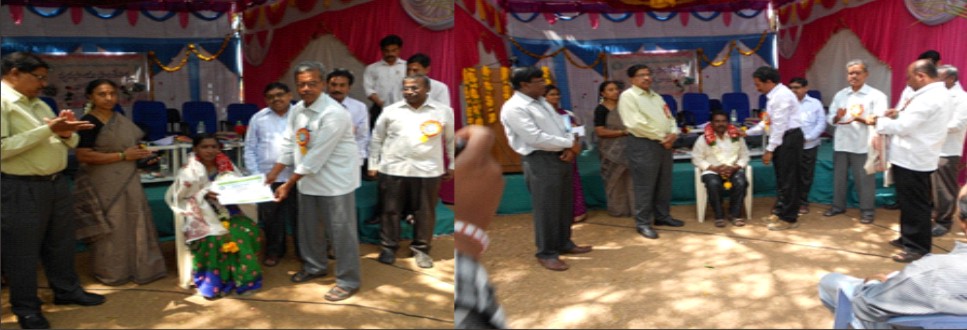Hydrophonic Unit:
Growing hydroponic green fodder is very easy and simple, and you can start growing quality fodder for your animals very easily. Hydroponics is actually a scientific way of growing plants or crops in water without any soil in controlled environment. In this technology, water is enriched with well-balanced nutrients which are essential for the plant’s growth and better yield.
When it comes to green fodder production, hydroponic green fodder production technology takes the pressure off the land for growing green fodder for the livestock animals. Fodder crops such as oats, maize, barley, sorghum and wheat can be grown using the hydroponic green fodder production technology.
 |
Hydroponic green fodder results in good health of the livestock animals apart from high milk yield. This technology can also be used for growing wheat grass and paddy saplings in just 7 to 10 days of time.
Green fodder obtained from hydroponics consists of grass with grains, roots, stem and leaves. Whereas conventionally grown fodder consists of stem and leaves only.
Hydroponic green fodder production system allows growing green fodder at wider temperature in the range of 15°C to 33°C and humidity range at 70-80 percent without fungal growth
a. The hydroponic green fodder production technology is environmental friendly.
b. Fodder grown in this system is free from contamination.
c. The fodder produced from this system saves water and labor costs.
d. The fodder is highly nutritious and tasty for the animals.
e. The green fodder from hydroponic system improves animal health and reproductive efficiency.
f. Feeding the animals with hydroponic green fodder will result in higher milk yield in dairy animals.
Advantages of hydroponic green fodder production
Water saving: Hydroponic green fodder production system requires less amount of water. Generally the system requires only 2-3 liters of water for growing 1 kg of quality green fodder (when compared to 55 to 75 liters of water used in traditional system of green fodder production). Apart from this, there will not be any water wastage as the water is always recycled.
Require less labor: The hydroponic system generally require less labor. The labor required for green fodder production is about 2-3 hours a day, whereas conventional fodder production requires continuous intense labor.
Requires less land: The hydroponic green fodder production system generally requires minimum amount of land. Generally an area of 50 square meter will be enough for producing 600 to 650 kg of green fodder. But for producing same amount of green fodder, you will need to have about 1 hectare land. So, hydroponic system require less amount of land.
The system requires less time: Traditional fodder production system generally require more than 45 days for producing green fodder. Whereas hydroponic system generally require 7 to 8 days for seed germination to fully grown plant of 8-12 inches height.
Round the year production: This is another advantage of hydroponic green fodder production. You can actually produce the fodder throughout the year.
Increased nutritious value: The fodder produced from hydroponic system is highly nutritious for the animals as compared to conventionally grown fodder. So you can supply quality milk from your animals by using hydroponic green fodder.
Minimal loss of green fodder: The green fodder produced from the hydroponic system will be fully utilized, because there won’t be any loss of the green fodder. But there would be wastage of chopped traditional green fodder or green grasses during consumption by the animals.
Faster growth and high yield: The hydroponic system has faster growth rate as compared to traditional system. And you can produce fodder for your animals faster than the conventional system.
Natural green fodder supply: The green fodder produced from this system is completely by natural source and to pesticides or chemical fertilizers are used in the production.








